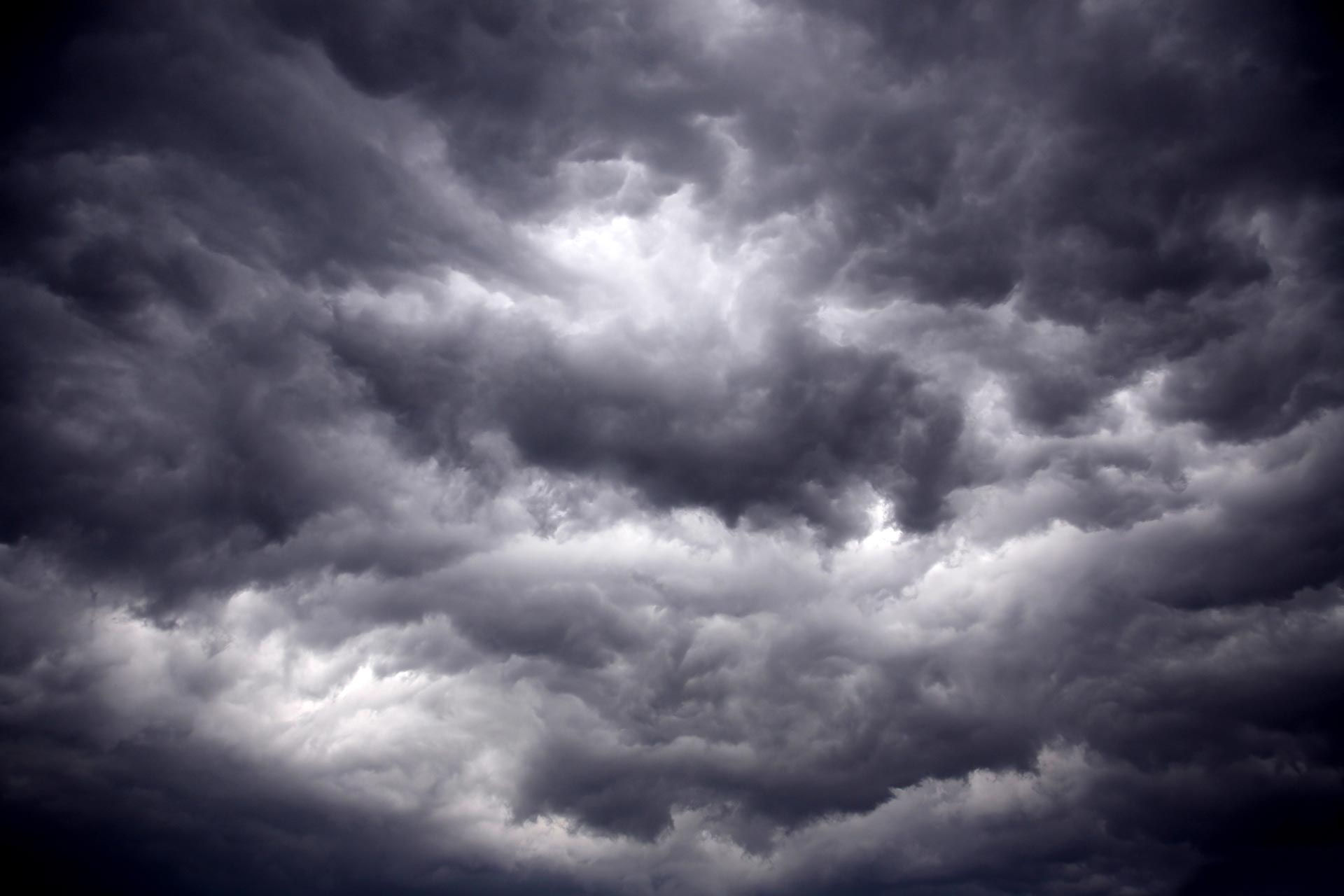THE SNOW MACHINE STARTING EARLY UP NORTH...
- terryswails1
- Aug 23, 2019
- 4 min read
I've been seeing a lot of cold air on the weather charts lately, especially for so early in the season. Being of "limited sound mind" when it comes to snow ( I'm a big fan) it's impossible for me not to start thinking of the coming snow season. Most years we see our first flurries in late October which is only a couple months away, but who's counting?
Of course whatever happens this year, it's going to be hard to top what we had last winter. After a slow start, a very snowy January and February produced more than 40" of snow in just 6 weeks. That combined with the cold made it the worst winter in my area since 2013-14.
You can see the whole northern half of the nation was impacted by well above normal snowfall.

I took these pictures on March 1st in Austin, Minnesota where there was a 40" snow depth. It was astounding. The most snow I've ever seen on the ground here in the Midwest


The two biggest storms of last winter managed to miss my house (typical of my luck) but caught other parts of my area. The first was the big Thanksgiving weekend blizzard that smoked SE Iowa and northern Illinois. Here's the snow totals from that event. The 15" in the Quad Cities was easily the largest November snow of all-time

With winds up to 50 mph blizzard warnings were issued for the following areas.

The 2nd major storm in late February blasted the northwest half of Iowa and SE Minnesota. Again more than a foot of snow and 50 mph winds combined to produce whiteout conditions. Here's some of the totals from that event.

Huge drifts up to 20 feet closed I-35 from northern Iowa to just about Minneapolis. A couple pictures taken near Rochester, Minnesota after the storm.


As bad and disruptive as these two storms were, they were only rated 1 on the RSI (regional snowfall index) NOAA's National Centers for Environmental Information is now producing the Regional Snowfall Index (RSI) for significant snowstorms that impact the eastern two thirds of the U.S. The RSI ranks snowstorm impacts on a scale from 1 to 5, similar to the Fujita scale for tornadoes or the Saffir-Simpson scale for hurricanes.These types of storms have large areas of 10 inch or greater snowfall accumulations. The RSI has five categories: Extreme, Crippling, Major, Significant, and Notable. The index differs from other meteorological indices in that it uses population information in addition to meteorological measurements. Thus the RSI gives an indication of a storm's societal impacts. This scale was developed because of the impact snowstorms can have on the country in terms of transportation and economic impact. RSI scores are a function of the area affected by the snowstorm, the amount of snow, and the number of people living in the path of the storm. The largest RSI values result from storms producing heavy snowfall over large areas that include major metropolitan centers.
This is the November blizzard RSI

This is the late February storm's RSI

The last storm in the Midwest to receive the highest score of 5 was the Groundhog's Day blizzard of February 1-2, 2011. The storm paralyzed Chicago with 20" of snow and 70 mph winds. The Quad Cities had a record breaking single storm total of 18.4". Even more amazing I was there to witness it! Here's the massive region impacted.

Blizzard warnings were out from Oklahoma to Michigan.

This is Chicago at the height of the blizzard.

Here you can see the intense pressure gradient that created 66 mph winds in Clinton, Iowa and 70 in Chicago.

During the height of the storm reports were streaming in of thundersnow across eastern Iowa and northwest Illinois. There were two concentrated areas of lightning, one around and southeast of the Quad Cities and another in a band of heavy snow running from near Washington, Iowa to Freeport, Illinois. A strong jet streak surging northeast over the storm system helped transport dry air aloft (creating a dry slot). Already cooling temperatures aloft dropped even faster due to evaporative effects and coupled with continued transport of warmer air into the low to mid levels to create steep lapse rates (temperature change with height). Similar to the spring and summer time, these large lapse rates increased the instability that fuels thunderstorms. The result was occasional lightning over the area, becoming frequent in and around Chicago where the forcing remained the strongest. Below you can see the dry slot advancing with the storm center into Illinois (pink colors).

Hundreds of cars were stranded on Lakeshore Drive in Chicago.

A cracked door allowed the 70 mph winds in Chicago to fill this car with snow.

I started this blog with talk of the cold that's showing over Canada and the Arctic. Obviously I got off track when I started re-living snowstorms. So, circling back to the issue of cold, I show you the 850 temperatures forecast on the GFS September 3rd. Any area north of the blue line from the Canadian U.S. border have temperatures cold enough at 5,000 feet for snow.

And as you can see, the model actually generates snow. This is the snowfall forecast on the GFS through that time frame.

While its a long way from my backyard (yours too) there is snow and some of it is significant. The sooner that snow pack builds the colder the temperatures get up north. That breeds even more snow which of course deepens the cold. The earlier it all gets going, the greater the potential for a cold snowy winter here. It's coming, it's just a matter of when! Roll weather...TS













Comments